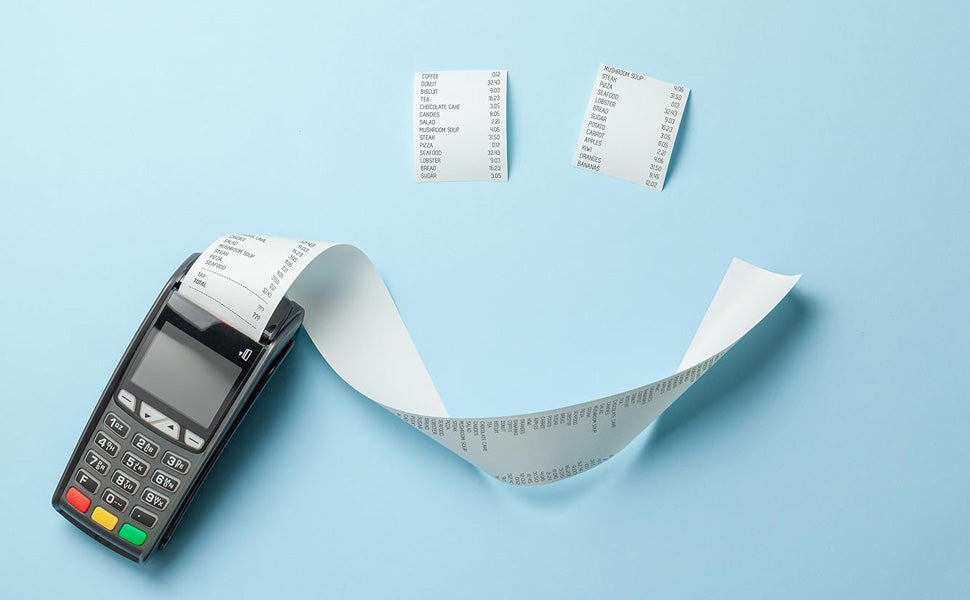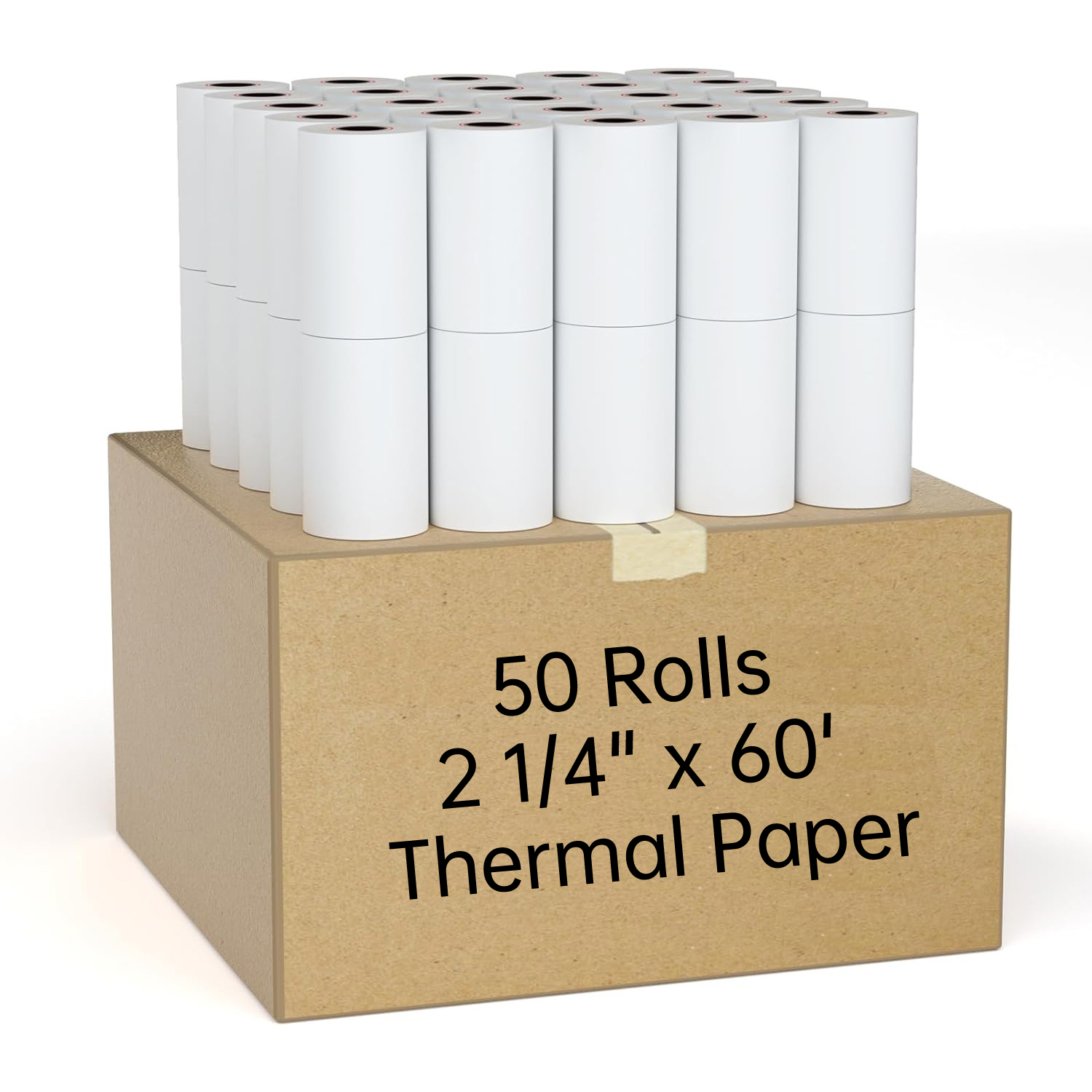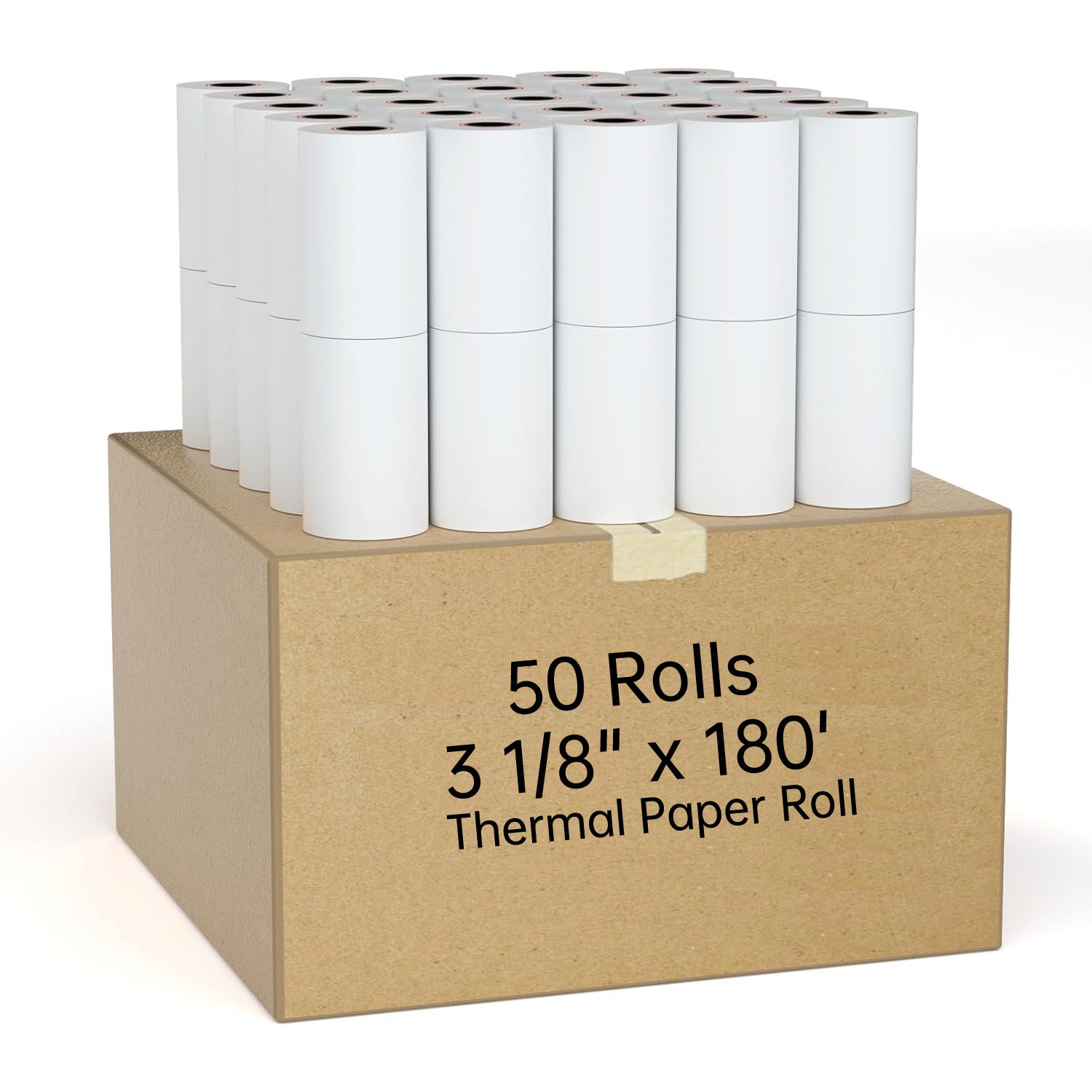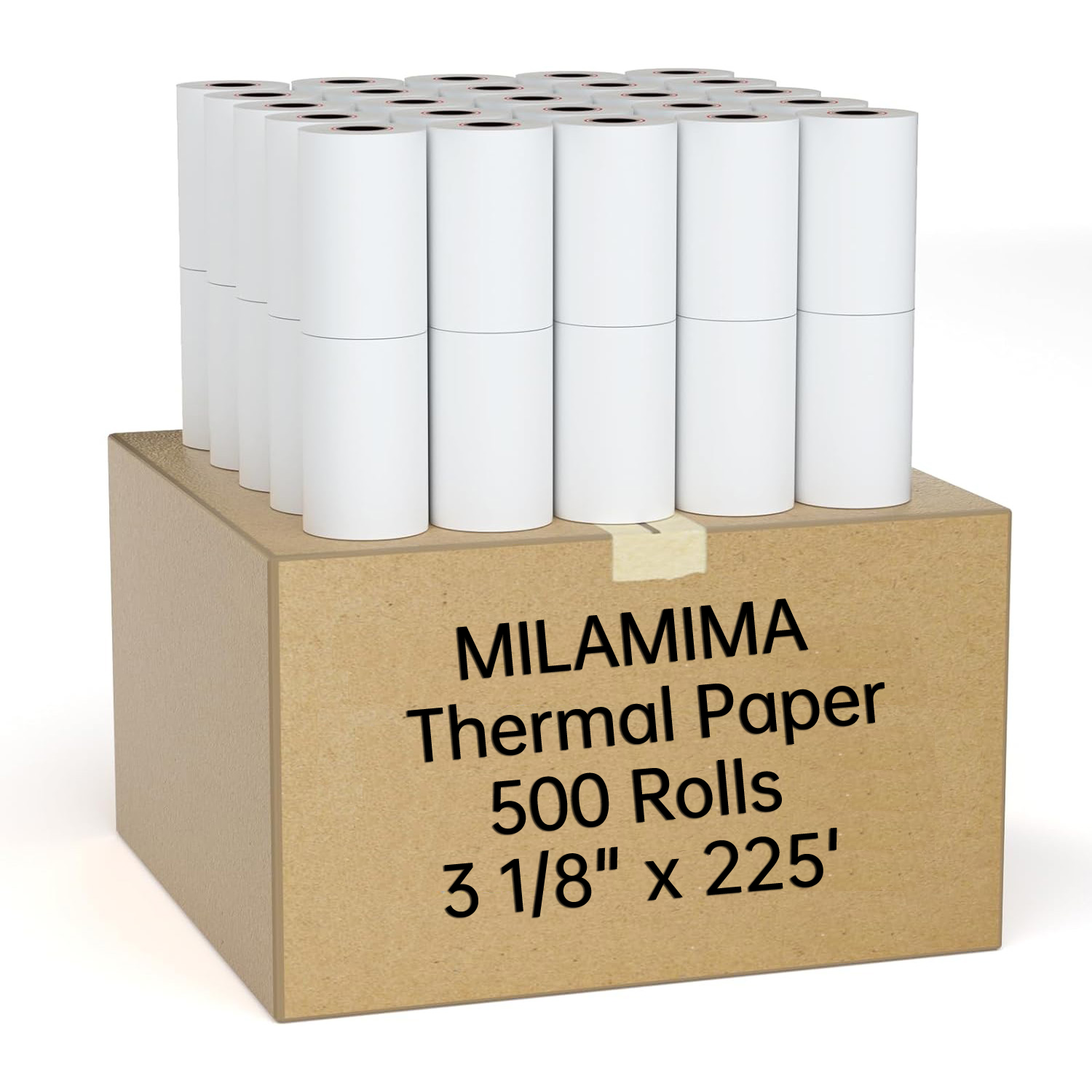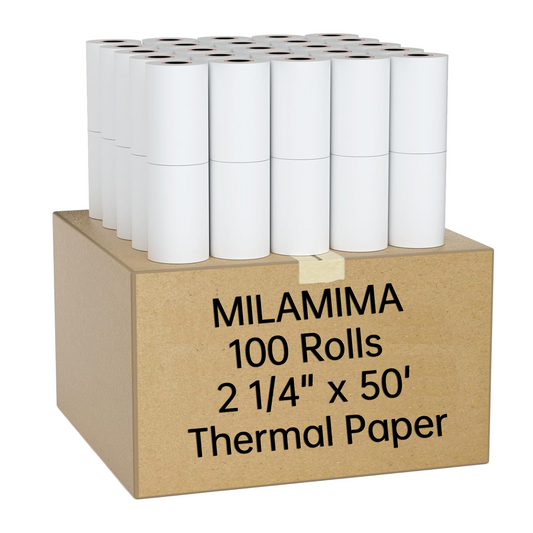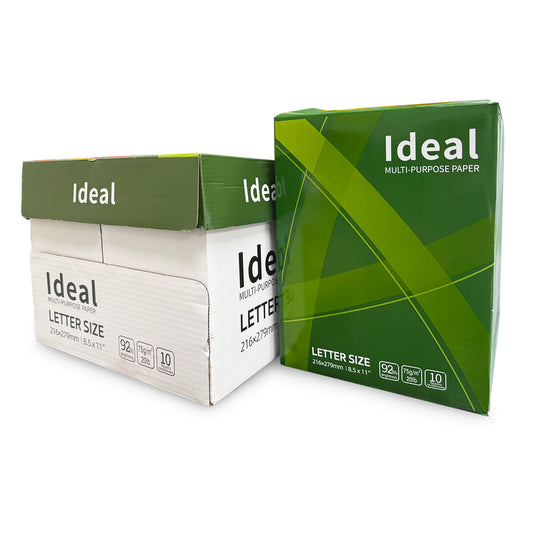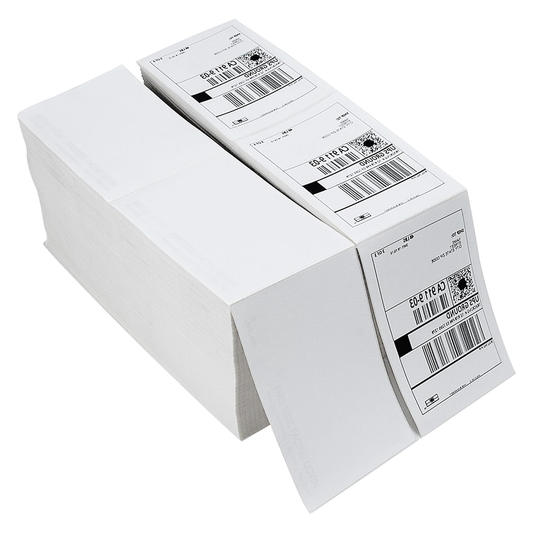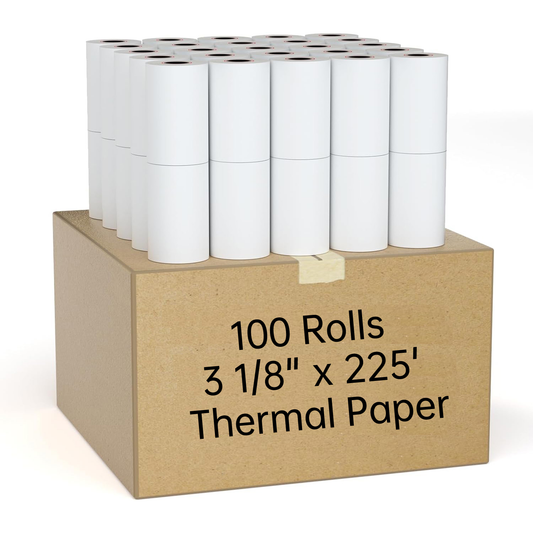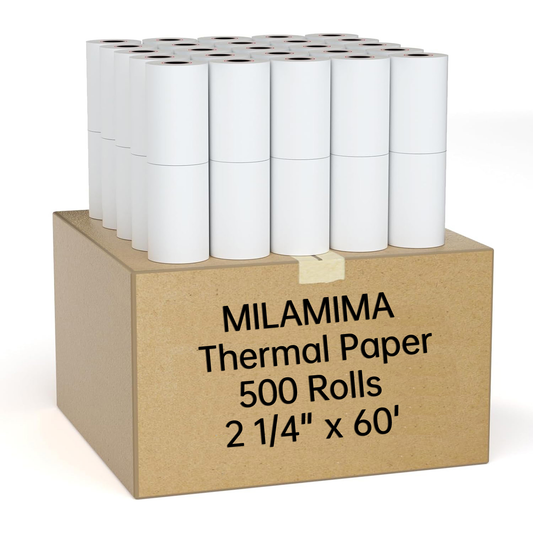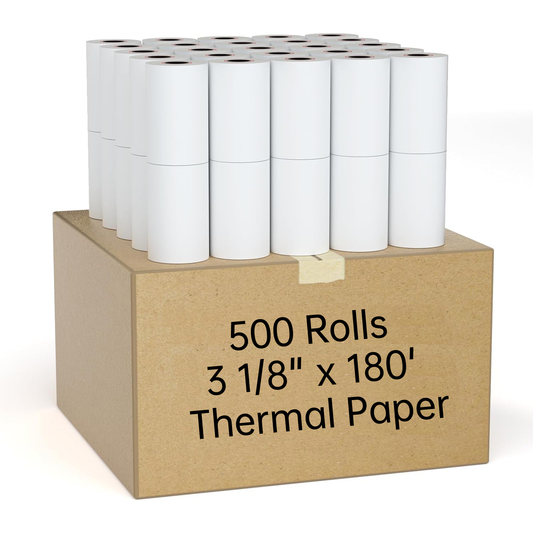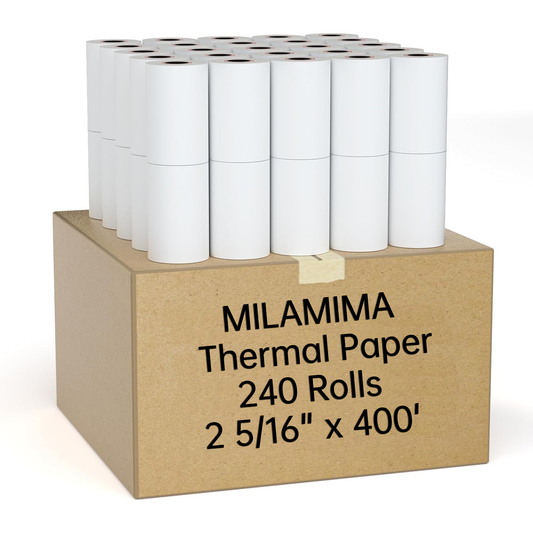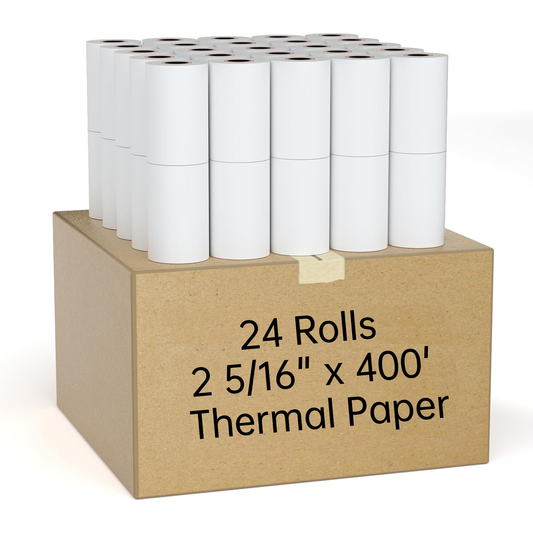When it comes to choosing the perfect pair of binoculars, the debate between 12x50 and 10x42 models is a common one. Both have their advantages and can be suited for different purposes. In this article, we will break down the key differences to help you make an informed decision.
Magnification and Objective Lens Diameter
The numbers in binocular specifications, such as 12x50 and 10x42, refer to the magnification power and the diameter of the objective lens, respectively.
- 12x50: Offers 12x magnification and has a 50mm objective lens.
- 10x42: Offers 10x magnification and has a 42mm objective lens.
Magnification: Zooming In
Higher magnification, like 12x, means you can see objects more closely. This is great for activities like stargazing or long-distance observation. However, higher magnification can make the image shakier, requiring a steady hand or even a tripod.
On the other hand, 10x magnification provides a wider field of view and is easier to stabilize. This makes 10x42 binoculars more versatile for general use, such as birdwatching, hiking, or sporting events.
Objective Lens Diameter: Light Gathering
The objective lens diameter determines how much light enters the binoculars. A larger diameter, like 50mm, allows more light, which is beneficial in low-light conditions such as dawn, dusk, or dense forests. This makes 12x50 binoculars ideal for nighttime or dimly lit environments.
The 42mm lenses of the 10x42 binoculars are slightly smaller but still provide a good balance of light-gathering ability and portability. These are great for daytime activities and offer a more compact and lighter option.
Field of View: Seeing More
Field of view (FOV) is the width of the area visible through the binoculars at a particular distance. Typically, 10x42 binoculars have a wider FOV compared to 12x50 binoculars. A wider FOV is advantageous for tracking moving objects, such as birds or wildlife, as it allows you to see a larger area without moving the binoculars.
Weight and Portability
Generally, 12x50 binoculars are heavier and bulkier due to the larger lenses. This can be a drawback for extended use or when carrying them on long hikes. Conversely, 10x42 binoculars are more compact and lighter, making them easier to carry and use over long periods.
Price Considerations
Price can vary significantly between different brands and models, but typically, 12x50 binoculars are more expensive due to the larger lenses and higher magnification. If budget is a concern, 10x42 binoculars often offer a more affordable option without sacrificing too much in terms of performance.
Which One Should You Choose?
- Choose 12x50 binoculars if:
- You need higher magnification for long-distance viewing.
- You plan to use them in low-light conditions.
- You don’t mind the extra weight and size.
- Choose 10x42 binoculars if:
- You need a versatile, all-around pair for various activities.
- You prefer a wider field of view.
- You want a lighter and more portable option.
Conclusion
Both 12x50 and 10x42 binoculars have their own strengths and are suited to different needs. Your choice should depend on your specific use case and preferences. Consider factors like magnification, light-gathering ability, field of view, and portability before making your decision. Happy viewing!
By understanding these differences, you'll be better equipped to choose the perfect pair of binoculars for your outdoor adventures.

